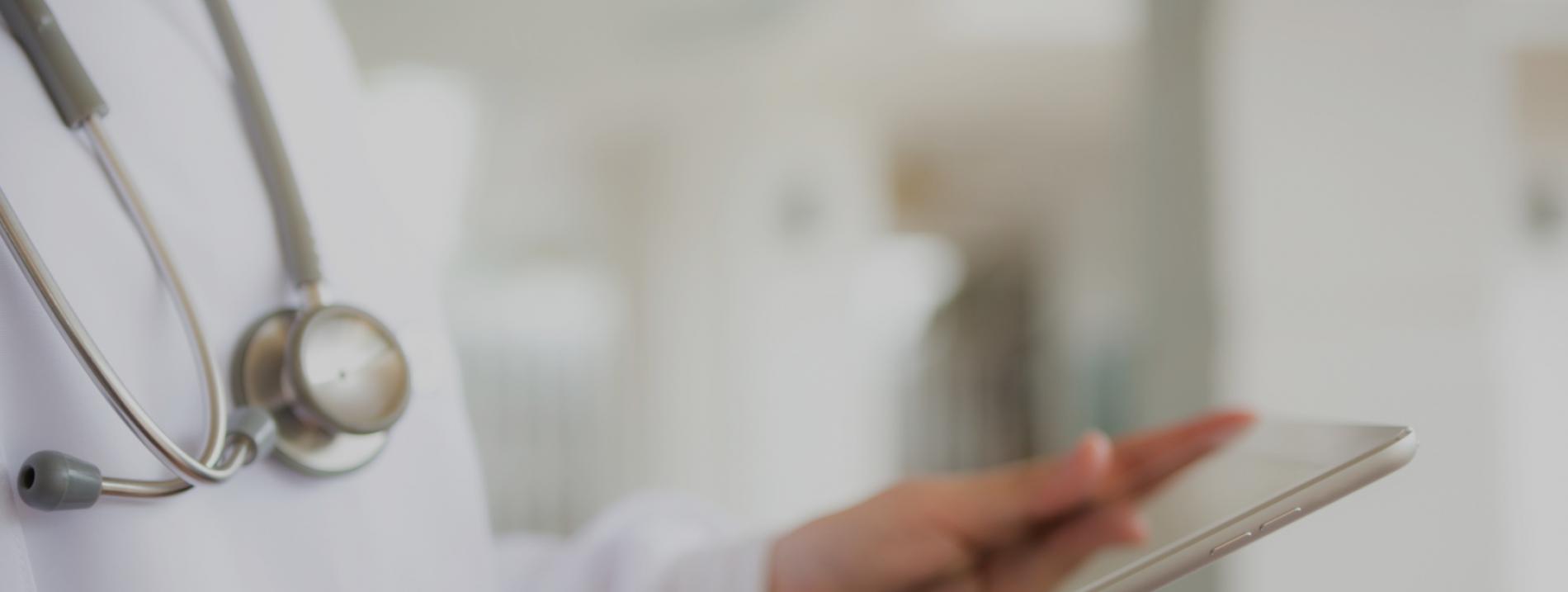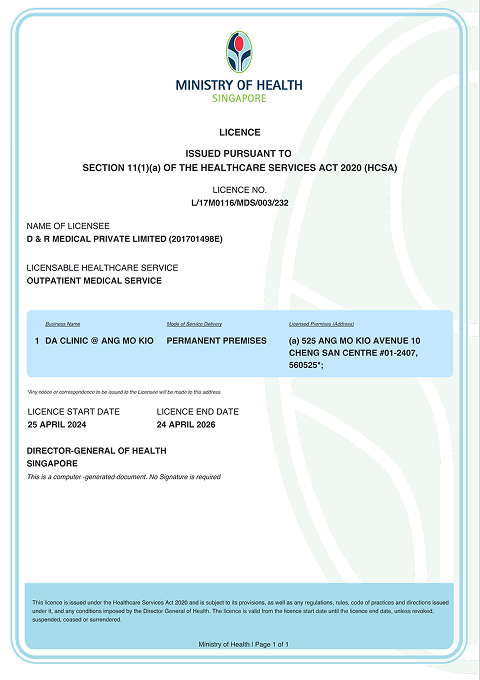As Singapore prepares for a rapidly ageing population, the need for accessible and affordable services has become greater than ever. By 2030, one in four Singaporeans will be 65 years or older, elderly costs are expected to rise ten-fold in the next 15 years, and Asia will have the highest chronic disease deaths by 2020.
As a Smart Nation and a healthcare hub, we’re striving to find the most innovative and cost-effective solutions to ward off these issues. Amidst this, the burgeoning telehealth market offers significant promise to meet these demands.
Telehealth isn’t a new concept in Singapore; it has been applied in the public sector for a while now. However, new to the scene are patient portals and real-time video consultations; technologies that are more accessible to the general public.
But, having just penetrated Southeast Asia’s consumer market, telehealth ventures into new areas that care-seekers may not be familiar with. With that said, three key aspects need to be clearly outlined to promote the responsible use of such applications:
1. Telehealth is meant to complement the healthcare system, not replace it
It’s crucial that we don’t think of telehealth as a universal option; it just doesn’t work that way. Telehealth is best used as part of a long-term treatment plan, for non-urgent medical advice or for follow-up consultations.
The platform doesn’t cater to all kinds of ailments – it’s important that care-seekers are educated on the kinds of illnesses suitable for the platform, and the ones that are not.
2. There should be multiple (and robust) checkpoints to determine the validity of a teleconsultation
All physicians practicing telemedicine are held to the same standard of legal, ethical and professional care as traditional medical practices. As such, they need to be properly trained to identify cases that are not suitable for teleconsultations, and consequently, advise patients to seek a physical one immediately.
Beyond that, telehealth platforms should also work with providers to incorporate software barriers that help divert inappropriate ‘use cases’ away.
3. Education is key for the responsible use of telemedicine
We’re already seeing a profound shift in the way people perceive healthcare. From fitness tracking apps to chronic disease monitoring devices, people are becoming more receptive to new technologies. But with this growing interest comes a greater responsibility for providers to ensure that care-seekers make more informed decisions about their health. Education, in this regard, is key.
This is not just the responsibility of a company working in silos, but rather, a collaborative effort between industry partners, healthcare professionals, the government and the media to provide people with accurate, credible and comprehensive information about the industry.
The healthcare system will only continue to face increasing pressures from the growing demand for quality services and telehealth has no doubt emerged has a viable solution; it utilises resources more efficiently, reduces redundancies and cuts cost.
For example, teleconsultations can channel non-urgent visits away from clinics or hospitals, potentially enabling them to optimise their resources to facilitate more critical cases. Similarly, care-seekers benefit from time and cost-savings.
However, telehealth should always be perceived as an alternative option for non-urgent illnesses if physical care is otherwise not convenient; it should never be viewed as a universal option. With that said, the role we play in ensuring the responsible use of such applications is nothing less than pivotal.
Our doctors are available 24/7 via the Doctor Anywhere app. If your condition requires a physical check-up, we also have clinics island-wide, ready to serve your health needs.







